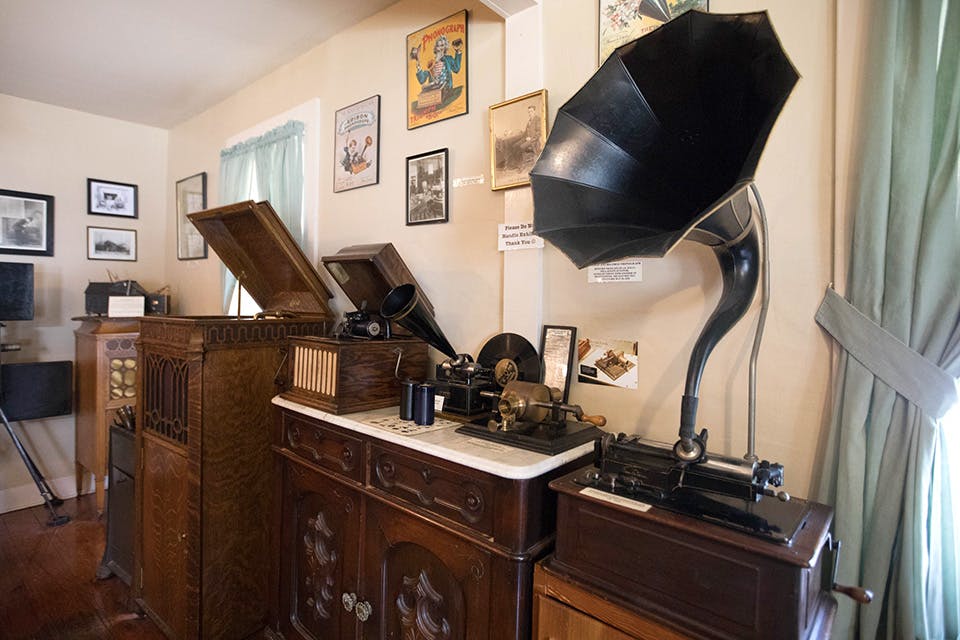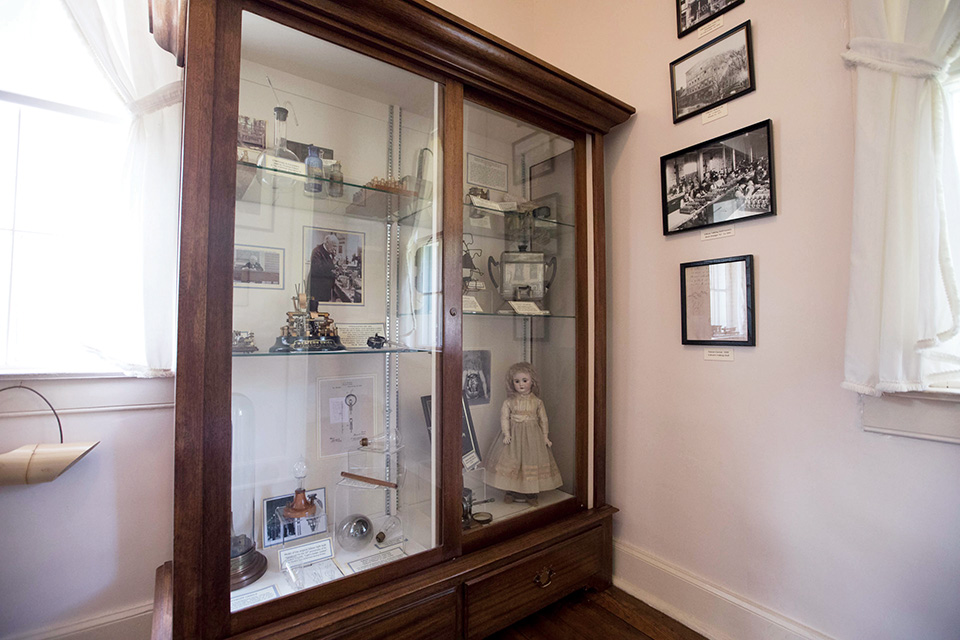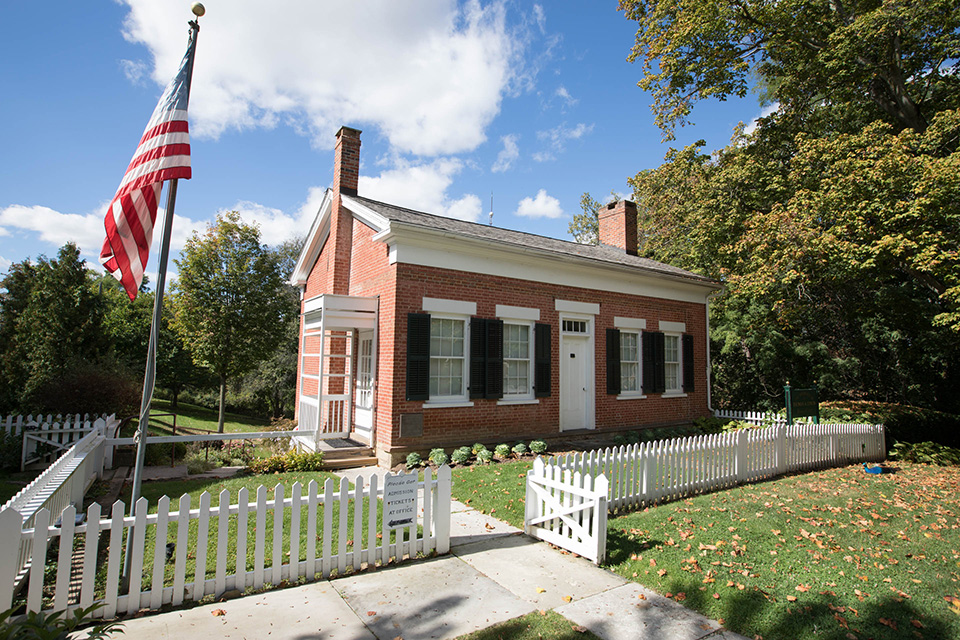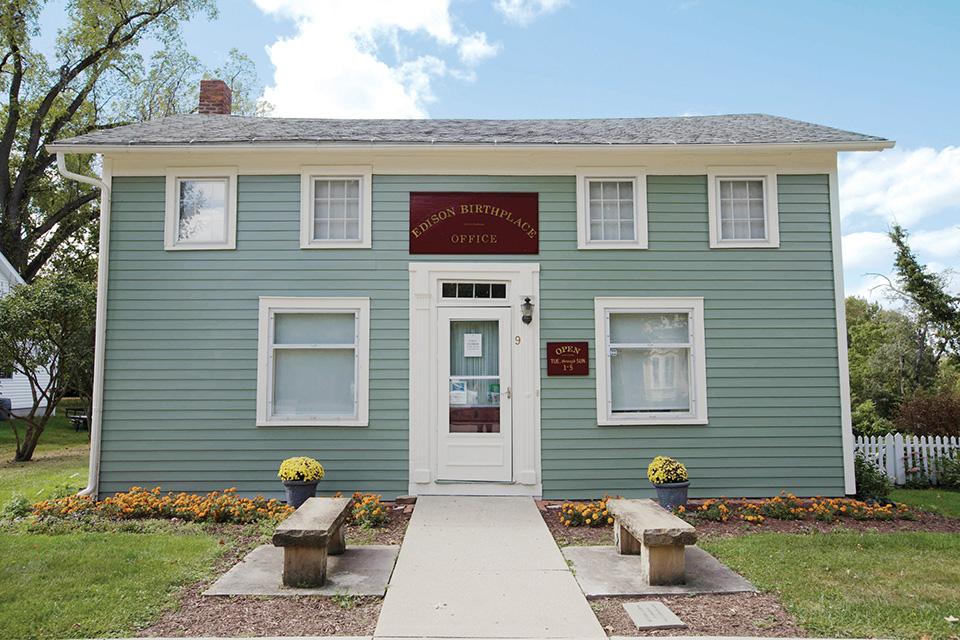Travel
Visit the Thomas Edison Birthplace Museum
This historic site tells the story of how one of the world’s most famous inventors got his start in the Erie County town of Milan.
Related Articles

Learn the Sweet History of The Dawes Arboretum at Maple Syrup Day
The arboretum’s founders, Beman and Bertie Dawes, began harvesting sap for maple sugar in 1919. Today, the annual Maple Syrup Day shares that heritage with visitors. READ MORE >>

New Immersive Augmented Reality Experience Coming to COSI
Starting Jan. 30, visitors to the Columbus science destination can explore and interact with imaginary, virtual worlds through this holographic theater exhibit. READ MORE >>

Explore Prohibition History at the Anti-Saloon League Museum
The Westerville History Museum shares how the city was once the headquarters of the Anti-Saloon League, an organization which helped spur the enacting of the 18th amendment. READ MORE >>







